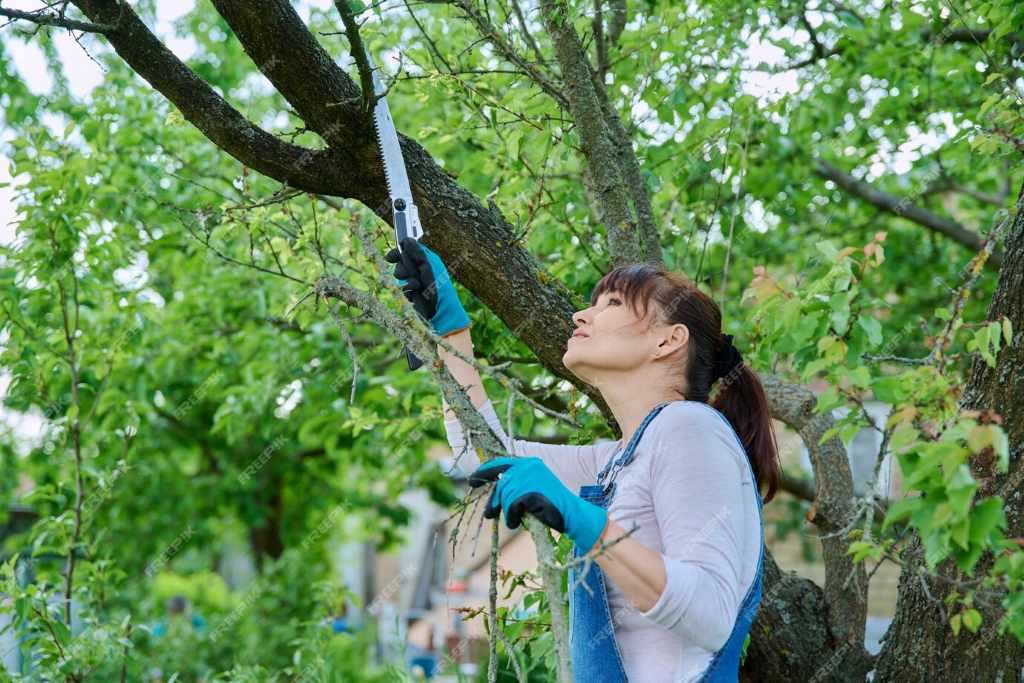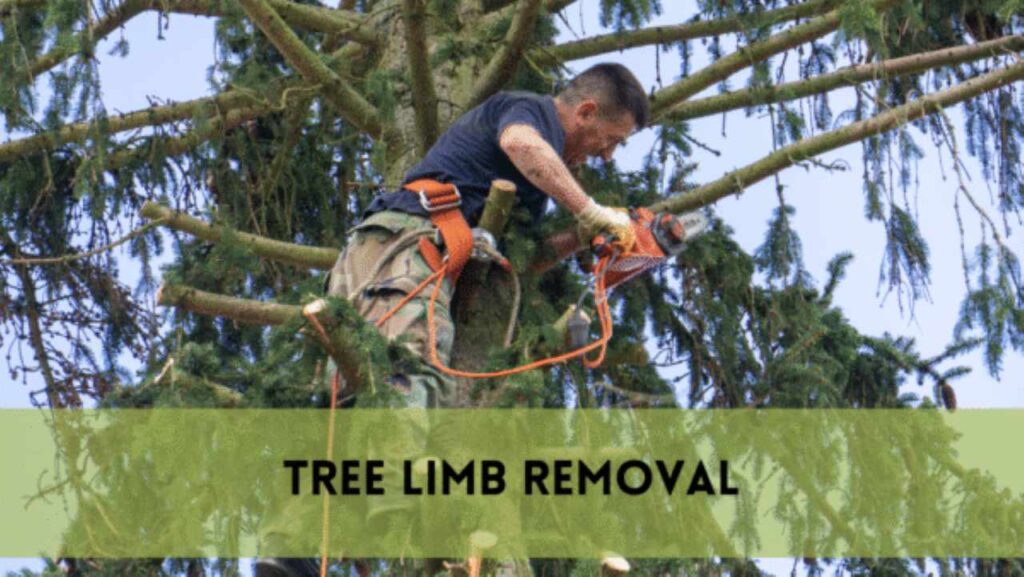It can be very dangerous to remove a beehive from a tree; therefore, it needs to be done with planning and thought. If you’re looking for how to remove a beehive from a tree, it’s important to handle the process with caution and respect for these essential pollinators. Whether you’re dealing with a swarm of honeybees or other species of bees, the removal of a beehive from a tree can be done professionally and safely, reducing the dangers to both you and the bees. This article will show you how to do it step-by-step. Keep in mind that maintaining bee populations is crucial for the health of our ecosystem; thus, eradication should only be used as a last resort, and translocation should be chosen whenever practical.
Assessing the situation
Determine whether the bees are honeybees or anything else. Consider calling a local beekeeper who may be willing to relocate the colony if they are honeybees. Honeybees are important pollinators that should be protected.
Removing a beehive can be dangerous, especially if you are allergic to bee stings or are inexperienced. It is preferable to engage a professional bee removal service in such instances.
Wear a bee suit, gloves, and a veil to protect yourself from bee stings if you decide to proceed. This protective equipment is critical for your safety.
Gather Tools to Remove Beehives from Trees
Bee Smoker: By introducing smoke into the hive, a bee smoker can help calm the bees.
Beekeeping Tools: A hive tool or bee brush may be required for managing the hive.
A Bee Box: Once the hive has been removed, you’ll need a container to carry it safely.
Dress appropriately
- A thick hoodie with snug sleeves and an upturned hood.
- A face mask or balaclava
- A ski mask or safety glasses
- Thick gardening gloves
- Long slacks
- Shoes with a thick sole and a closed-toe
Steps: How to Remove a Beehive from A Tree
Keep pets away
When bees are under attack, they attack without discrimination. If there are pets nearby, they may take the brunt of any counter-attack. The best course of action is to keep any furry friends indoors.
Choose the Right Time
Bees are generally less active early in the morning or late in the evening. Choose a time when the bees are less active to minimize the risk of stings.
Smoke
Light the bee smoker and gently puff smoke around the entrance of the hive. This can help calm the bees and make them less aggressive.
Removal of the Hive
Using a saw or hive tool, carefully cut or detach the hive from the tree. To avoid harming the hive, be gentle.
Protect the Bees
Once the hive has been removed, please place it in the bee box and carefully seal it. As the other bees will follow the queen bee, make sure she is within the box.
Relocation of the Hive
To safely relocate the hive to a suitable place, such as an apiary, contact a local beekeeper or bee removal professional. They will have the necessary knowledge and equipment to appropriately handle the bees and hive.
Clean the Area
After the hive is removed, clean the area around the tree to remove any remaining beeswax or honey, as this can attract new bee colonies.
Prevention of Future Infestations:
Seal any holes or gaps in trees where bees might form hives to prevent future bee invasions.
Remember that relocating a beehive can be hazardous, and it’s critical to prioritize safety and the bees’ well-being. If you have any questions concerning bee removal, it is preferable to seek the advice of a professional beekeeper or bee removal service.
Allergies related to bee stings or bee infestations
Bee Sting Allergies: Some people are allergic to bee stings. If a bee stings them, they will experience severe allergic reactions like swelling, breathing difficulties, and, in rare instances, anaphylaxis, which is a life-threatening reaction. If you or someone you know is allergic to bee stings, take extra precautions when dealing with beehives in trees. Consider hiring a professional bee removal service to minimize the risk of stings.
Tree Allergies: Some people are allergic to specific types of trees or their pollen. Suppose you feel that a certain type of tree in your region is causing allergic reactions. In that case, you should seek the advice of an allergist or immunologist for an accurate diagnosis and treatment.
How Long Do Bees Stay After a Hive is Removed?
The duration of time bees stay in a region after a hive is removed varies. Workers may first fly around disoriented for a few minutes to a few hours before dispersing and seeking a new place or joining other colonies.
Because of her pheromones, worker bees are more likely to stay near the queen bee if she is successfully transported with the hive. The accessibility of resources such as nectar and pollen from neighboring blooms can also influence how long they stay.
The time of day is important, as bees are less busy in the evening and at night, and if removed during these times, bees may remain in the region overnight. If the hive is moved a long distance away, most worker bees will eventually leave to find their colony. When possible, bee removal should prioritize relocation in order to protect these critical pollinators.
Conclusion
Removing a beehive from a tree necessitates careful preparation, protective gear, and consideration for these important pollinators. Safety should always be a top issue, especially if you have bee allergies or are inexperienced. While it is feasible to remove a beehive on your own, hiring a professional tree care or consulting with local beekeepers is frequently the safer and more responsible option.
FAQs
Are there any legal regulations for beehive removal?
Bee removal may be subject to local regulations and permits. Check with your local authorities or beekeeping organizations to ensure compliance with any relevant laws.
Can I remove the hive at any time of day?
Bees are generally less active early in the morning or late in the evening. Choose a time when the bees are less active to minimize the risk of stings.
Can I remove a beehive from a tree by myself?
Removing a beehive can be dangerous due to the risk of bee stings, especially if you’re allergic or inexperienced. It’s safer to seek professional assistance or consult with local beekeepers who can handle the removal and relocation.




